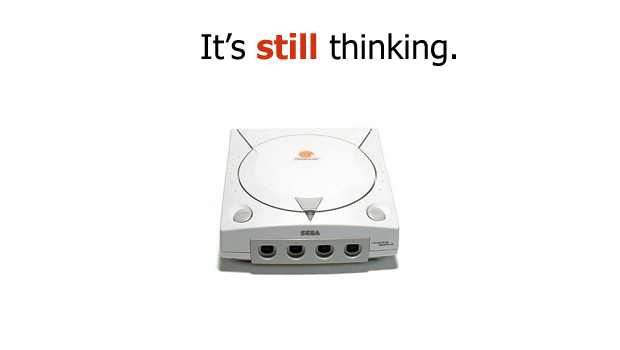
The Dreamcast’s legacy, twenty years later
Despite the odds SEGA's little grey box has withstood the test of time
Last week, those little grey boxes that most of us (at least those reading this) still have hooked up to our TVs turned 20 years old.
When you think about it, a 20-year-old piece of technology still in use is pretty rare. I gave up my Sony Discman ages ago, and I don’t know if I’ll ever get around to re-hooking up that VCR to watch Black Knight (and, you know, other movies). Furthermore, with the multitude of micro-consoles and classic collections available, you’re seeing less and less original pieces of video game hardware in use.
The case with the Dreamcast is different for a few reasons. One, it was SEGA’s last console, meaning many of its games died with the hardware. Two, there’s still an active independent scene for the console, with a handful of new games coming out each year. Most importantly, however, is that the console’s library has aged really well.
It’s no surprise then that the games I have been — and intend to be — spending my time with in 2019 are the same games I still enjoy on the Dreamcast. These games are more than just namesakes cashing in on nostalgia. They represent game design as it existed at the turn of the millennium, and how time has done little to degrade these tried and true concepts.
Dead or Alive 2: 3D fighting explained
By the time the Dreamcast arrived, I had been a hardcore SEGA Nerd for years. While I may not have been great at any particular on-rails shooter, platformer, or racing game they produced, I loved the style and feel of SEGA’s in-house games. Like many a ’90s kid, one of my favorite genres was fighting.
Unsurprisingly, I found myself gravitating towards SEGA’s premier fighter, Virtua Fighter. While I enjoyed Virtua Fighter, I can’t say I really “got” Virtua Fighter, or any 3D fighter, prior to the Dreamcast. Back on the Genesis, my strategy was simply to spam projectiles until I won (or, more often, lost). Virtua Fighter was not that type of game.
Fanboy-ism naturally lead me to buy Virtua Fighter 3tb. However, it wasn’t until Tecmo’s Dead or Alive 2 (DOA2) that my understanding of 3D fighting games, and the genre as a whole, began.
I hazard to guess the amount of time DOA2 spent in my Dreamcast, but it’s without a doubt one of my most played games. Matches felt like choreographed cinematic bouts, somehow putting the player in control of the chaos on screen.
The graphics were probably the best on the console, at least from a technical perspective – character models built with detail almost too real to believe. The thrill of escaping a throw, ducking a kick, or countering with a perfect combo had all been foreign to me before DOA2. It taught me that fighting games could be a real skillset, and not just a series of button combinations one raced to input before their opponent. Ironically, once I had learned the basics from DOA2, my affinity for Virtua Fighter returned. However, with the two being relatively close in terms of design, I’ve always held the series in high regard.
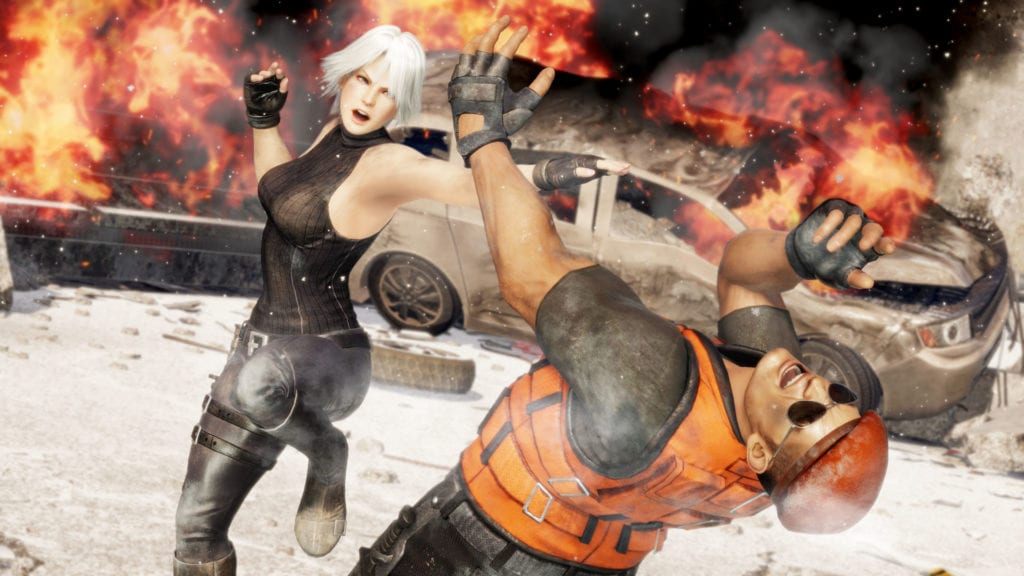
Two decades out, Dead or Alive 6 retains series’ tradition, being not only a technical showcase of current hardware but a thoughtful evolution of the 3D fighter, balancing flash and flare with approachable but satisfying combat.
Sadly, it’s also one of the only active 3D fighting game series. While the 2D fighting genre has seen something of a resurgence over the past decade, the number of 3D fighting games has shrunk, Namco and Tecmo being the only regular supporters.
Many of the same criticisms thrown at DOA2 continue to be thrown at the series’ sixth entry — like fan-service taking precedent over depth. However, many of the same compliments continue to follow the series as well; a testament to Tecmo’s craft no matter your opinion or preference for their take on 3D combat. Dead or Alive has evolved, but hasn’t changed so much as to be a different game, and that’s a pretty strong testament to the foundations built in the series’ second entry.
Resident Evil 2: True adventure
While Code Veronica set the horror world ablaze, and no doubt moved its fair share of Dreamcasts, it wasn’t the only Resident Evil title for the console. Matter of fact, it may not even be the best. Released after Code Veronica here in the west, Resident Evil 2 and 3 allowed fans to catch up, or re-experience, the prelude to Code Veronica. Whatever your favorite Resident Evil happens to be, there’s no denying Resident Evil 2 made what could have been a one-off hit into a dedicated franchise.
Resident Evil 2 started as a story of mystery, driven by likeable characters and intoxicating suspense. The puzzles were challenging without being frustrating, revealing the city’s sadistic secrets as players descended futher underground. The action and exploration required careful preparation, resource management being key. And with multiple storylines and a slew of bonus modes, Resident Evil 2 was also infinitely replayable.
The remake of Resident Evil 2 released earlier this year both perfected contemporary survival horror and cleverly reworked the original game’s design. Snap-aim shooting was exchanged for an over the shoulder perspective, but ammo remained scarce. The game’s floor plan was updated and expanded, but still required non-linear path-finding. Point is, the Resident Evil 2 remake still felt like the Resident Evil 2 from 1998 – and that’s a good thing.
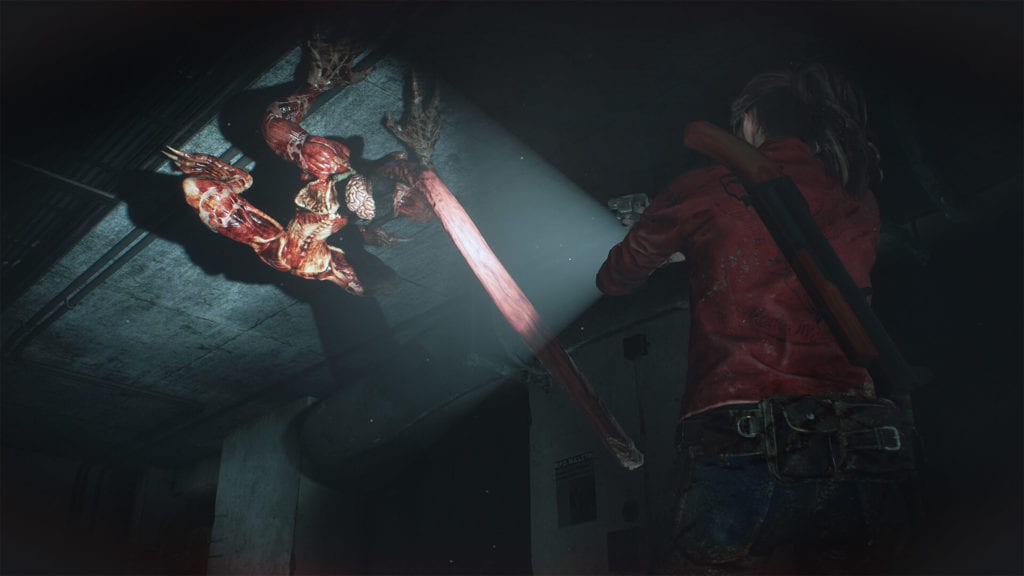
This style of horror, and adventure games in general, died out in the years following the Dreamcast in favor or more casual play styles. The Resident Evil 2 remake not only highlights how good the original game was, but how timeless this style of adventure game remains.
My late nights scouring Resident Evil 2 remake’s R.P.D. reminded me of my late nights scouring the original game’s R.P.D. not only because of aesthetics, but because I truly felt lost and on my own to survive. I never was quite sure when those hands were going to reach through the boarded-up windows, nor when Tyrant was going to start his hunt. It’s a type of horror, and satisfaction, I had long since forgotten.
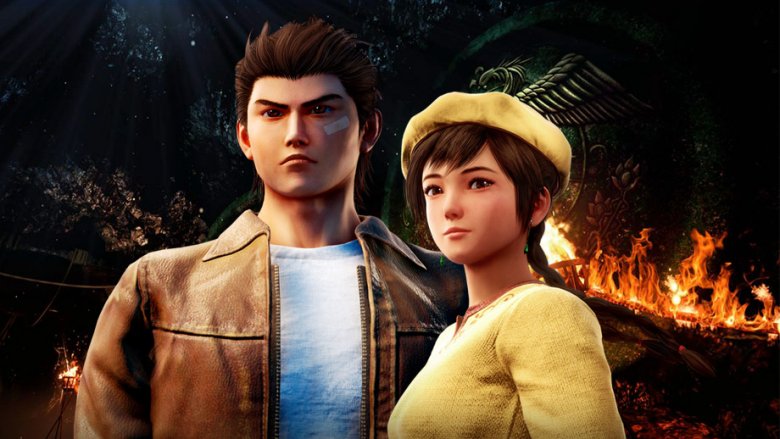
Shenmue III: The open-world game before GTA 3
When one says “open-world” nowadays, gamers tend to think Grand Theft Auto (GTA). Specifically, GTA as it existed after GTA3. The imitators and innovators of this super-scale, confrontation based model are numerous and have more or less defined the genre since the early 2000s.
Prior to GTA3, around the time the Rockstar was still making 2D GTA games, “open-world” hadn’t quite been defined into an all-encompassing genre. You had Japanese games mixing action, slice of life, romance, and work simulators into a broad category sometimes referred to as “life-sims.” Roomania, Rent a Hero, or even run of the mill dating sims offered player choice unlike anything we had over in North America.
Conversely, Western developers Quantic Dream and Appeal gave us Omikron and Outcast, respectively. While Outcast could most closely be compared to what would become Rockstar’s brand of open-world, it too had a broader focus than combat, with numerous NPCs to interact with and environments which demanded appreciation from both technical and artistic standpoints.
Quantic Dream built an astounding world in Omikron, mixing cyberpunk and dream-like fantasy across a series of massive cities. Shooting, combat, and exploration were all here, but separated into different systems as opposed to one shallow concoction of gunplay and melee.
Shenmue is perhaps the most recognized title of this era of open-world games. While the series never inspired any direct imitators – possibly because of its enormous scale and complexity – Shenmue did shape the gaming landscape as a whole. It took developers nearly a full console generation to match the game’s levels of interactivity and detail, which still prove impressive today.
This era of open-world games sought to broaden not just the scale of video game worlds, but broaden the definition of gaming as a whole. The scale and detail of these games, at the time, had nothing to be compared to. Sadly, it was only individual parts of these productions, rather than the products as a whole, which would survive.
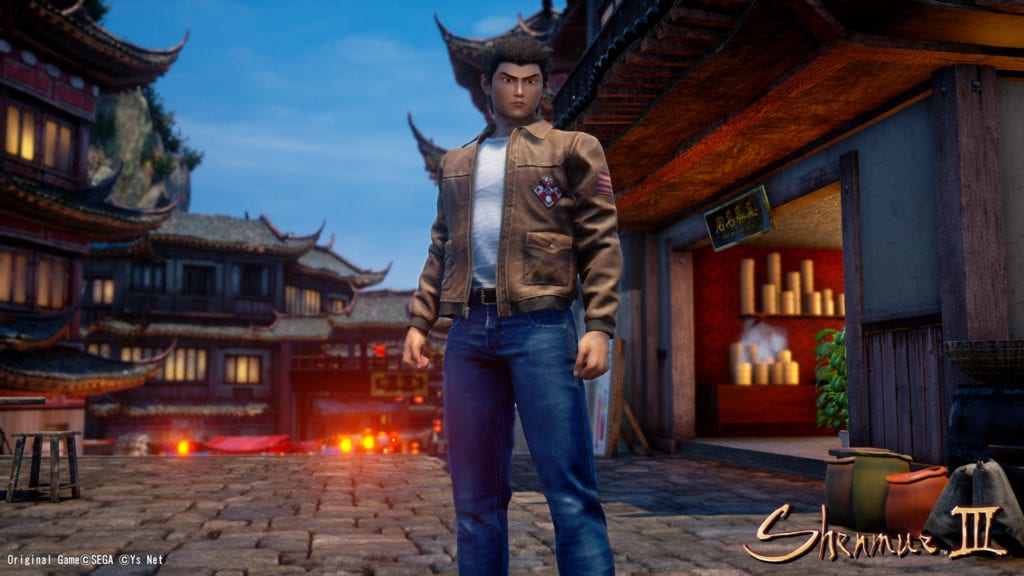
While this may not be the Shenmue III we could have gotten back in the mid-2000s, Shenmue III looks as though it intends to continue this seemingly forgotten branch of open-world gaming, as opposed to mimicking contemporary fare. It will not only offer the long-awaited narrative continuation to the journey Dreamcast gamers started 20 years ago, but it will also resurrect Suzuki’s Full Reactive Eyes Entertainment (FREE) gameplay system, reintroducing a well-adopted but seldom imitated style of open-world game.
Shenmue III shouldn’t be graded or received merely for its nostalgia or personal impact — important as those are. Shenmue III represents the expansion, and return, of an entirely different open-world genre. Let’s hope that this time it catches on.
2019 and beyond …
With a numbered sequel to Genesis favorite Streets of Rage, a remake of Panzer Dragoon and more Yakuza games than you can shake a stick at, suffice to say it’s going to be another great year for SEGA. And, with the Dreamcast celebrating the big two-O, 2019 also provides us the opportunity to look back at the gaming trends of yesteryear and appreciate not only their survival but their coming back into style.
The Dreamcast is more than its first-party titles. It is more than a nostalgia machine or Crazy Taxi to TV converter. The Dreamcast was a supernova of tech and creativity, its library continuing to inspire players and developers alike.
So, while we all replay Shenmue II in preparation for Shenmue III, I’d encourage my fellow Dreamcasters to try out Omikron or GTA 2 for comparison, seeing how diverse the open-world genre once was. Pop in Dead or Alive 2, Virtua Fighter 3tb, or Fighting Vipers 2 and witness 3D fighting at the height of its popularity.
From the open plains of Canada’s north in D2 to the Raccoon City Police Department in Resident Evil 2, see how the Dreamcast’s horror library rivals even that of the PlayStation 2 in terms of both innovation and ports. A dream was had in 1999. Twenty years out, it’s safe to say that dream has become a reality.

